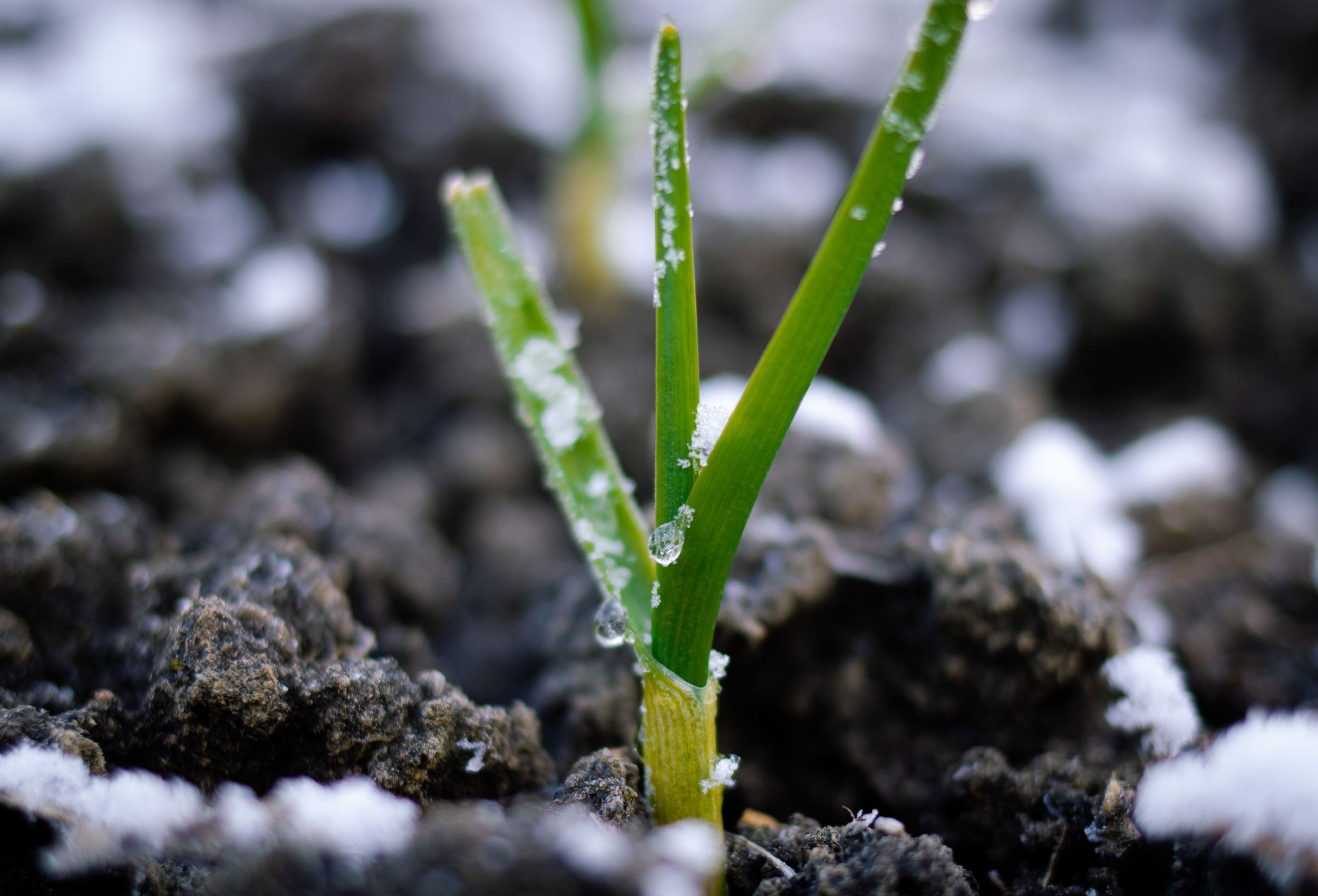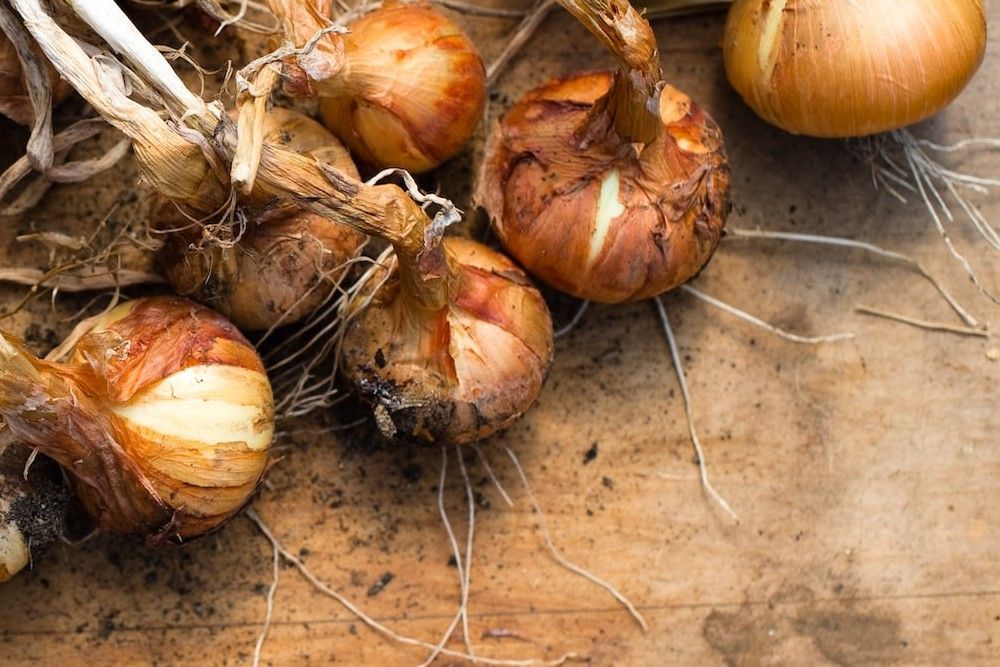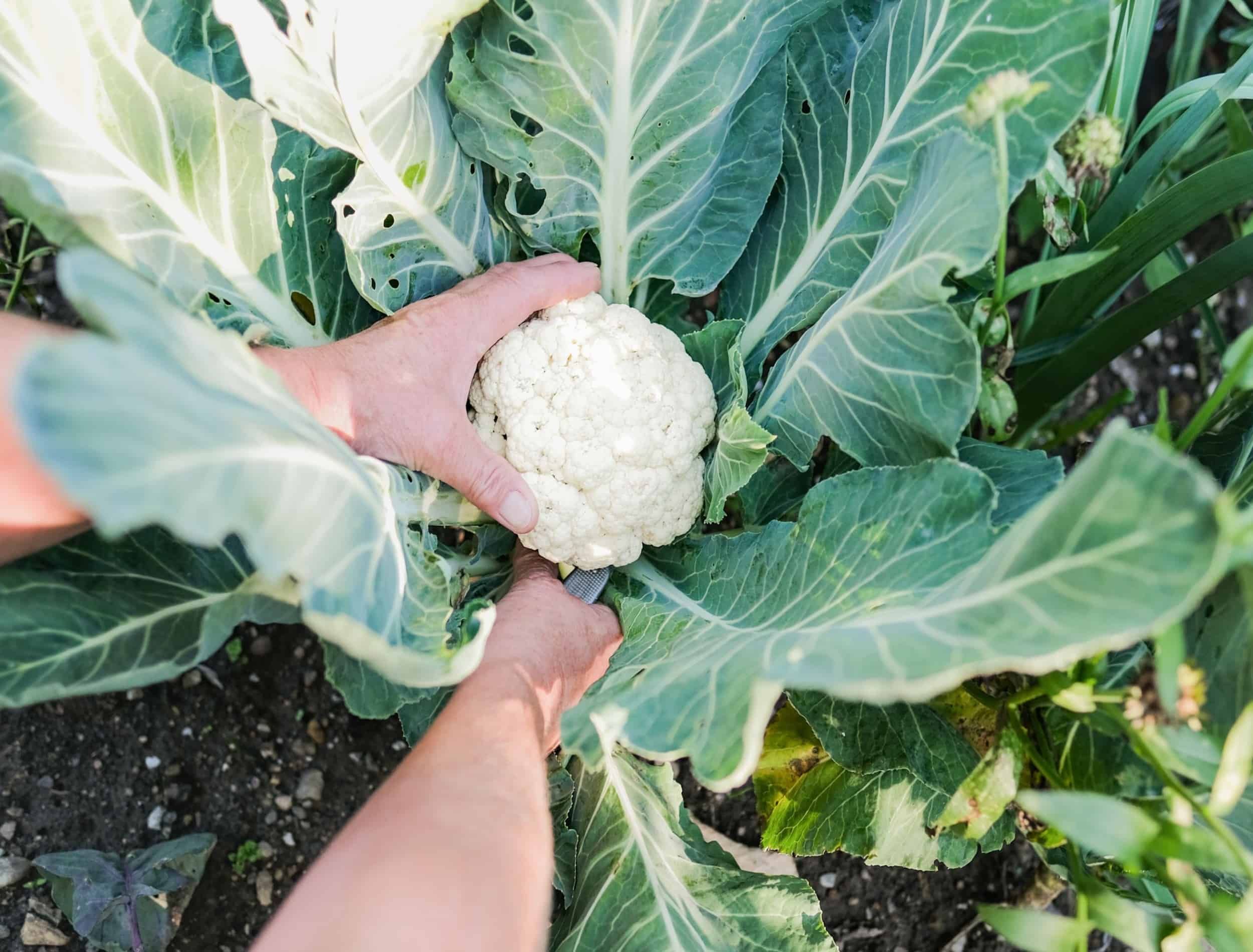Like everyone around this time of year, you may feel anxious about the winter months ahead. The cold weather can be depressing, especially when all you want to do is stay inside and cuddle up with your favorite blanket. But don't worry! There are plenty of things you can do to help make winter more enjoyable, including planting vegetables in December.
There are a few vegetables that you can plant in December that will thrive in cooler temperatures. So, if you're looking for a fun way to liven up your winter, why not try growing one of these four vegetables?
Garlic
Image credits: S.O.E. via Shutterstock
Garlic is a hardy plant that does well when planted in colder climates. In USDA zones 10 and higher, plant it around mid-December for a harvestable crop by mid-July.
When planting garlic, give it the right environment for success —plant in moisture-retaining loamy soil with excellent drainage and a pH range of 6.0 to 7.0. Garlic also needs full sun exposure, so pick a spot with at least six to eight hours of direct sunlight daily. Remove all weeds and incorporate organic matter like compost into your soil before planting.
Once you select the ideal spot, break apart garlic bulbs and separate individual cloves. Plant each clove 3 inches deep (pointy end up) and 6 inches apart. Cover with soil and water thoroughly after planting.
To guarantee your garlic has a sound foundation from which to grow come springtime, mulch the area. Doing so maintains moisture levels in the soil, reduces weed pressure, and protects the cloves from heaving or being pushed out of the ground during winter.
Onions
Image credits: Zoe Schaeffer via Unsplash
If you live in a warm climate, planting onions in December is one of the best ways to ensure you have an abundance of delicious onions come springtime! Planting onion sets is the fast-track to creating a flavorful garden. Faster than starting them from seed, these tiny starters provide an rapid boost of flavor.
To get started, choose a sunny spot in your garden that has well-draining soil. Onion sets require temperatures of 50 degrees Fahrenheit and prefer neutral soil with a pH of 7, so consider testing your soil before planting. Plant each set 1 inch deep and 2 to 6 inches apart from one another. Keep them in rows for better air circulation and easier harvesting, then water them thoroughly after planting. Mulch well with straw to regulate soil temperature.
If you live in a colder region (Zone 5 and lower) then growing onions from seed is your best option. Planting them indoors six weeks before transplanting to the garden will ensure they get off on the right foot. Just remember that soil needs to be at least 50 degrees Fahrenheit for germination success.
From there, wait for the seedlings to emerge and begin caring for them as necessary.
Beets
Image credits: Melissa LeGette via Unsplash
Beets are cool-season vegetables that you can plant in the fall or winter. They mature in about 45 to 60 days that thrive at temperatures between 60 to 65 degrees Fahrenheit. The seeds will germinate in soil that is around 50 degrees Fahrenheit in about five to eight days. You can soak seeds for 24 hours to accelerate germination, especially when planting in dryer climates.
Beets prefer loose, loamy, rich, well-drained soil with a pH of 6.5. They can tolerate some shade; however, they prefer full sun, provided their soil is moist and cool. Mulching your beets with straw will keep them from drying out and prevent weeds. Nourish your beets with generous amounts of water -- about an inch per square foot each week. This will keep them hydrated, healthy and help promote delicious growth.
Pro-Tip: Take care when gardening around young beets -- they’re delicate plants with shallow roots that require gentle attention. Weed as much as you need to, but do so gently!
Cauliflower
Image credits: Sabrina Bracher via Shutterstock
Cauliflower is another veggie that does well when planted in December. It takes around three to five months for cauliflower to mature, so planting it this month will safeguard a harvest by mid-spring to early summer.
Sowing cauliflower seeds thinly at ¾ inches deep and 6 inches apart will give you an outstanding yield of this tasty veggie. To ensure your cauliflower reaches its full potential, prepare your soil by tilling well-rotted manure and high-potassium general fertilizer in the soil. Or, plant your cauliflower in pots using multi-purpose potting compost to create an ideal environment for your cauliflower to flourish.
Since dry weather is common during December, water your cauliflower every 10 days and apply enough, so the root zone is soaked. You can bolster growth and curd formation if the plants grow well by using a high-nitrogen fertilizer. Doing so will help ensure larger and better-formed heads for your harvest.
Some recommended winter cauliflower varieties are Raleigh, Moby Dick, and Clapton.
Get Planting!
With these four vegetables, you can jump-start your garden and enjoy a bounty of fresh produce come springtime! Planting onions, beets, garlic, and cauliflower in December will not only give you a delicious harvest by mid-spring but also provide much-needed garden time during the colder months.
So, what are you waiting for? Do you have any tips or tricks for sowing winter vegetables? Leave a comment below, and don't forget to share this with your friends and family!





